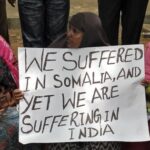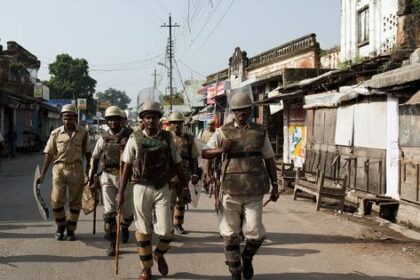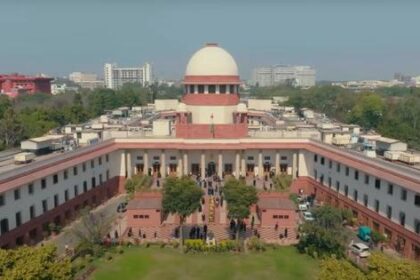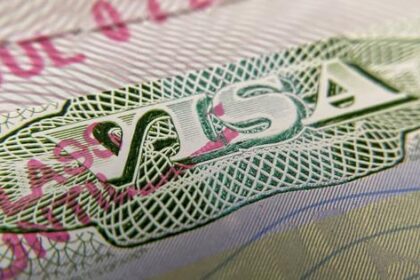Body to be kept in mortuary until Chhattisgarh High Court hears petition regarding alleged staged gunfight.
The Supreme Court has ordered that the body of Katha Ramchandra Reddy, identified by state authorities as a Maoist leader, be preserved in a mortuary until the Chhattisgarh High Court reviews a petition challenging the circumstances of his death. Reddy was reportedly killed in an alleged gunfight with security forces in Chhattisgarh earlier this month.
On September 22, Reddy, who was carrying a bounty of nearly Rs 2 crore across seven states, was killed alongside another suspected Maoist, Kadari Satyanarayana Reddy, during a police operation in Narayanpur district’s Abhujmaad forest. The police stated that this operation was initiated based on intelligence inputs suggesting the presence of suspected Maoists in the area.
However, Reddy’s son, Raja Chandra, has alleged that the gunfight was staged, prompting him to approach the Supreme Court after the Chhattisgarh High Court declined to urgently hear his plea due to its Durga Puja vacation schedule. Raja Chandra’s petition sought to preserve his father’s body for a fresh post-mortem examination and requested a Central Bureau of Investigation probe conducted by officials from outside Chhattisgarh.
During the court proceedings, Advocate Colin Gonsalves, representing the petitioner, urged for an independent investigation, arguing that a credible inquiry could not be anticipated from the state police. In response, Solicitor General Tushar Mehta, representing the Chhattisgarh government, contended that a post-mortem examination had already been conducted under videography. He noted that while one family accepted the body of the other individual killed in the incident, Reddy’s family was refusing to take his body, despite the government’s willingness to hand it over.
Mehta emphasized that Reddy was a commander with a significant bounty on his head, which was a factor in the situation surrounding his death. The bench, comprising Justices Dipankar Datta and Ujjal Bhuyan, refrained from delving into the factual disputes presented. Instead, they disposed of the petition with a directive that the body not be cremated or buried until the High Court addresses the matter.
Additionally, the Supreme Court has requested the High Court to prioritize this case once it reconvenes after the holidays on October 6. In the context of the ongoing conflict in the Bastar region of Chhattisgarh, Chief Minister Vishnu Deo Sai mentioned in June that over 400 suspected Maoists had been killed in the state during 2024-2025. Reports suggest that many of those identified as reward-carrying Maoists by the police have had their families contest these claims, asserting that the deceased were actually civilians.
The Union government has consistently pledged to eradicate Maoism by March 31, 2026, highlighting the complexities and controversies surrounding the state’s actions against suspected Maoist activities.








